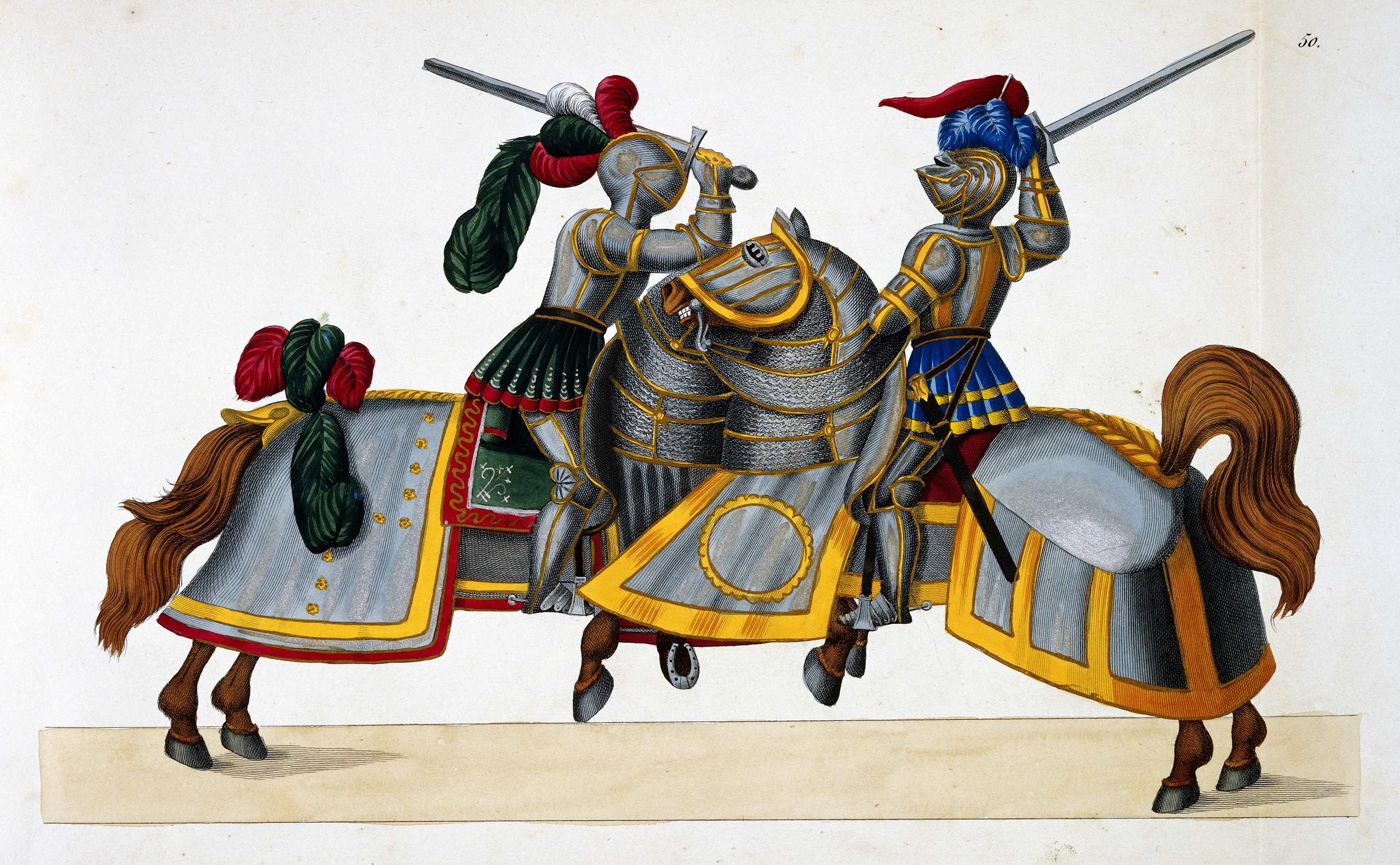

This was usually given in wheat, lamb, chicken, and other animals. Besides all the work peasants had to pay taxes to their lord. Peasant men were even expected to fight in times of war. Jobs included working in the fields, cutting wood, hauling water, spinning and weaving, repairing buildings, and waiting on the members of the lord's family. Each hut had its own vegetable garden.Ībout half the serfs time was spent working for the lord. Furnishings included a plank table, a few stools, and a chest. A cooking fire burned in the middle of the hut with the smoke escaping through a hole in the roof. Beds were made from a pile of dried leaves or straw.

The floor was covered with straw or reeds. Each family lived in a hut made out of wood or straw. This was not much better than being a slave.Ī peasant village had between ten to sixty families. If the noble sold the land the serf went with it. Most people, approximately nine-tenths, were serfs who worked the land for a noble.

If there was no war the knights did 40 days of training at the castle. If they actually had to fight in a war they usually did so for two months. This service lasted about 40 to 60 days a year. The most important promise of the vassal to the lord was the military. Sometimes there were many levels of lords who had vassals under them. The subtenants in turn subdivided the land. Each vassal would be an overlord to those he granted fiefs while remaining a vassal of the king. The nobles also gave the king a place to stay when he traveled.Įach of the king's vassals was also a lord or tenant in chief with vassals of his own. The king may ask for men to fight a war, money, or advice. They also had to give the king whatever he asked for. The nobles promised never to fight against the king. In return the nobles who were granted the fiefs swore an oath of loyalty to the king. The king also promised to protect the vassal on the field or in the courts. These estates known as the fief included houses, barns, tools, animals, and serfs or peasants. The king gave large estates to his friends and relatives. The feudal system was a way of government based on obligations between the lord or king and vassal.


 0 kommentar(er)
0 kommentar(er)
